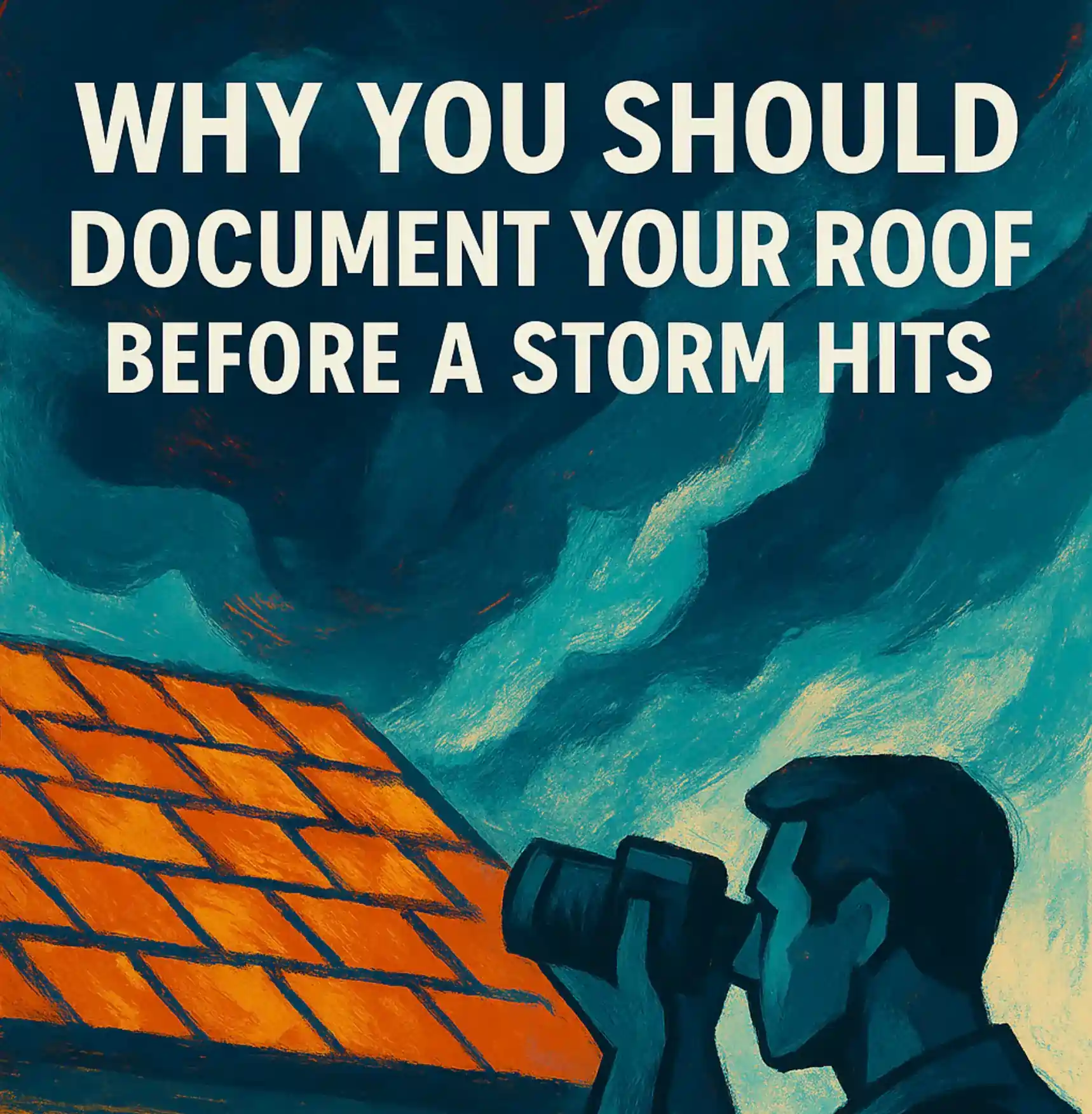What Sarasota-area homeowners need to know about storm damage, documentation, and the role of public adjusters
Here’s the Scenario
A storm rolls through Sarasota. Your roof takes a beating — maybe a few shingles torn off, a small leak in the attic, or even a whole section of tile shifted.
You call your insurance company, expecting a fair payout to fix the damage…
But instead, you’re met with a confusing claims process, an adjuster who seems more interested in protecting the carrier than your home, and a settlement that barely covers a patch job.
Sound familiar?
The key to avoiding that outcome is preparation — and it starts before the storm hits.
Step 1: Document Your Roof Before the Damage Happens
Your insurance company isn’t just going to take your word for it. They want proof that storm damage wasn’t pre-existing. That’s why your first step should be a pre-storm roof inspection with a licensed roofer like SonShine Roofing.
We’ll:
- Document your roof’s current condition with clear, date-stamped photos
- Note any signs of wear, aging, or past repairs
- Provide a digital inspection report you can store and submit later if needed
Why it matters: This protects you from claim denials due to “lack of evidence” or disputes over roof condition.
Step 2: Keep a Clean Paper Trail
Insurance claims are just as much about paperwork as they are about shingles.
We recommend organizing:
- Pre-storm inspection reports
- Wide and close-up photos
- Invoices from past roof work
- Warranty documents for your roofing system
- Records of any prior claims
Store all of this digitally in a folder labeled something like “Home Claims Docs.” When the time comes, you’ll be glad you did.
Step 3: Know Who’s Legally Allowed to Help You File a Claim
Here’s a critical legal point for Florida homeowners:
🚫 Roofers are not allowed to file, negotiate, or manage insurance claims on your behalf.
That’s where licensed public adjusters come in — and why we refer our clients to adjusters we trust to advocate for you, not your insurance carrier.
Two We Recommend:
- 🔗 Titan Claims FL — Sarasota-area Specialists in wind, water, and hurricane-related property claims. They know how to fight for full, fair settlements and guide you through the entire process.
- 🔗 All South CC — Meticulous, experienced, and highly responsive Sarasota-area public adjusters. They handle both residential and commercial claims with professionalism and speed.
When you work with SonShine Roofing, we’ll handle the roof. And we’ll connect you with adjusters like Titan or All South to handle your insurance claim — legally and effectively.
After the Storm: What to Do Immediately
- Take photos before touching anything – Document every visible issue from multiple angles.
- Call SonShine Roofing – We’ll perform an inspection and help prevent further damage.
- Call your public adjuster – Don’t contact your insurance company just yet.
- Don’t let the insurance field adjuster inspect alone – Your public adjuster should be present to represent your side.
- Don’t authorize permanent repairs until your adjuster has documented the damage – Emergency tarping is fine; full replacements should wait.
Final Word: The Winning Formula
At SonShine Roofing, we believe preparation is power — and that power lies in the hands of homeowners who document early, choose reputable professionals, and work with licensed adjusters when it matters most.
We’ll inspect your roof, document damage, and repair it with craftsmanship that meets code and exceeds expectations.
But when it comes to navigating insurance claims?
That’s a job for the pros — and we proudly recommend:
👉 Titan Claims FL – (561) 541-6786
👉 All South CC – (941) 544-2111
Because when the next storm hits, you’ll want both a trusted roofer and a strong advocate in your corner.
Need a pre-storm roof inspection or referral to a trusted public adjuster?
Call SonShine Roofing at (941) 866-4320 or schedule online
Since 1987, we’ve got you covered. Guaranteed.













